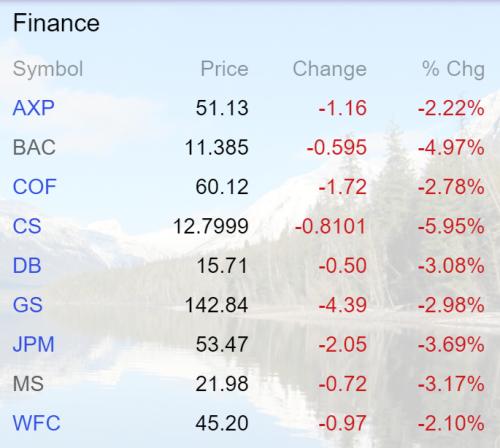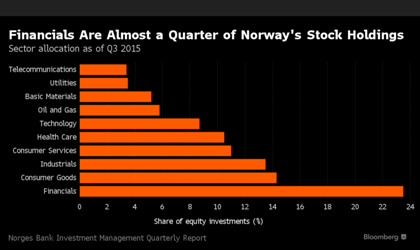Humanity At A Crossroads: Deliberately Created Systemic Risk Coming Apart. By Gregory Mannarino
In recent months a number of the world’s central banks have veered
into territory once unimaginable to most economists: negative interest
rates.
Standard textbook theories hold that negative interest rates are infeasible because depositors always have the outside option of holding onto cash, which is storable and therefore pays an effective interest rate of zero. Recent experience and some expanding research suggest that zero is in fact not a binding floor on interest rates.
In our increasingly complex financial and monetary systems, currency is relatively unimportant and transactions costs mean that depositors may be willing to accept small negative rates of interest. In recent days, Fed Chair Janet Yellen has at least opened the possibility of the Fed following in the steps of some of the world’s other central banks in moving policy rates into negative territory.
The danger of negative interest rates
http://www.cnbc.com/2016/02/10/the-danger-of-negative-interest-rates-commentary.html
Bank of Japan adopts negative interest rate policy
http://www.cnbc.com/2016/01/28/bank-of-japan-adopts-negative-interest-rate-policy-reuters.html
Negative Interest Rates
http://www.bloombergview.com/quicktake/negative-interest-rates
BoJ Adopts Negative Interest Rates, Fails To Increase QE
http://www.zerohedge.com/news/2016-01-28/markets-turmoil-after-nikkei-reports-bank-japan-discussed-negative-interest-rate-pol
Small Swiss bank become first to hit savers with negative interest rates – CHARGING them to take their money
http://www.thisismoney.co.uk/money/news/article-3329324/Swiss-bank-ABS-hit-savers-negative-rates.html
Jamie Dimon Thoughts On Negative Interest Rates
http://seekingalpha.com/article/3665056-thoughts-negative-interest-rates
TT
Standard textbook theories hold that negative interest rates are infeasible because depositors always have the outside option of holding onto cash, which is storable and therefore pays an effective interest rate of zero. Recent experience and some expanding research suggest that zero is in fact not a binding floor on interest rates.
In our increasingly complex financial and monetary systems, currency is relatively unimportant and transactions costs mean that depositors may be willing to accept small negative rates of interest. In recent days, Fed Chair Janet Yellen has at least opened the possibility of the Fed following in the steps of some of the world’s other central banks in moving policy rates into negative territory.
The danger of negative interest rates
http://www.cnbc.com/2016/02/10/the-danger-of-negative-interest-rates-commentary.html
Bank of Japan adopts negative interest rate policy
http://www.cnbc.com/2016/01/28/bank-of-japan-adopts-negative-interest-rate-policy-reuters.html
Negative Interest Rates
http://www.bloombergview.com/quicktake/negative-interest-rates
BoJ Adopts Negative Interest Rates, Fails To Increase QE
http://www.zerohedge.com/news/2016-01-28/markets-turmoil-after-nikkei-reports-bank-japan-discussed-negative-interest-rate-pol
Small Swiss bank become first to hit savers with negative interest rates – CHARGING them to take their money
http://www.thisismoney.co.uk/money/news/article-3329324/Swiss-bank-ABS-hit-savers-negative-rates.html
Jamie Dimon Thoughts On Negative Interest Rates
http://seekingalpha.com/article/3665056-thoughts-negative-interest-rates
TT










